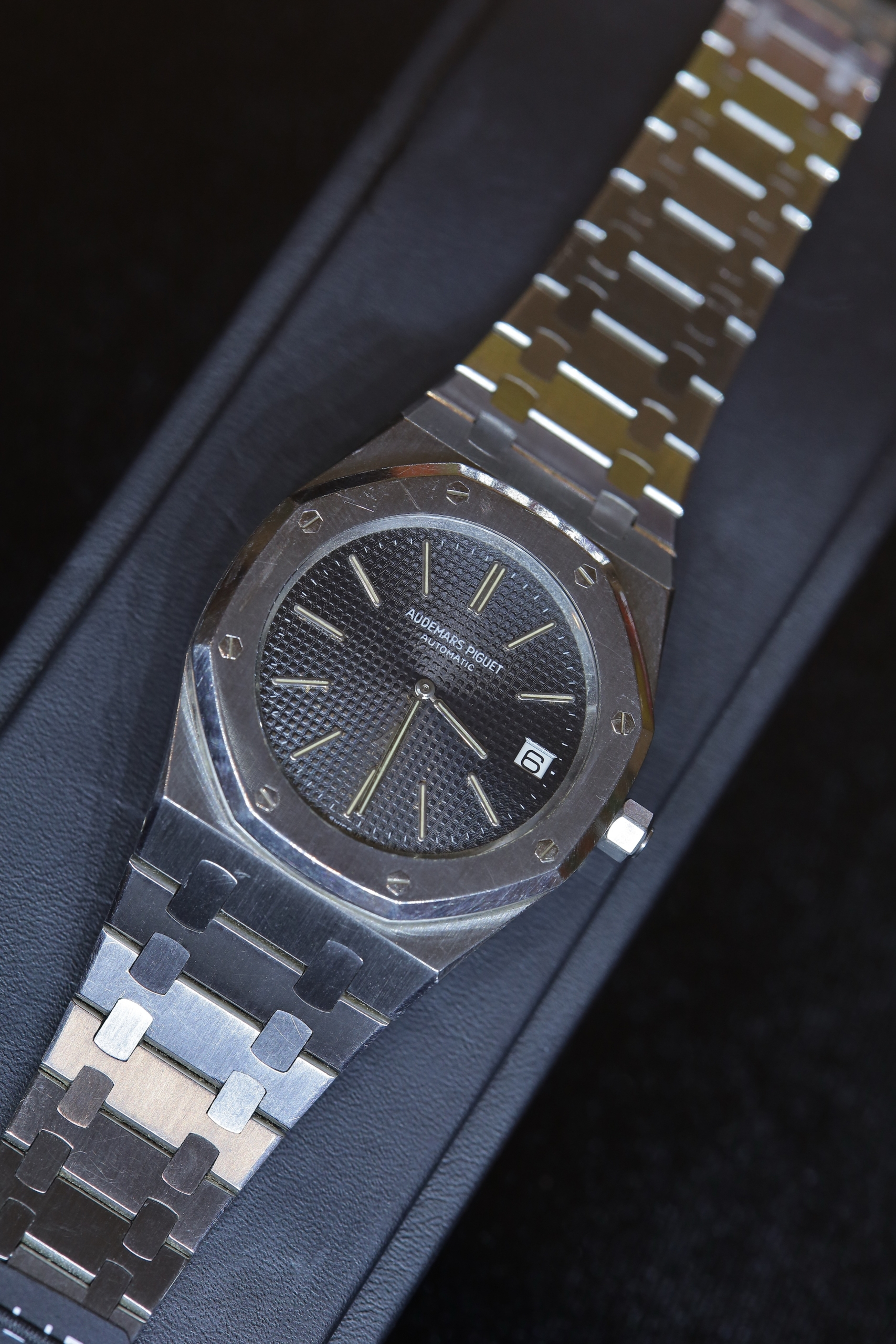What watch brands and models have the best value retention?
Many people will tell you not to buy watches as investments, and they might follow that advice up with the most overused phrase in watch selling: “Buy what you love.”
Buying for value retention is not necessarily the same as buying as an investment. It’s buying something that will retain value well. And you can still buy what you love and be smart about it. The two are not mutually exclusive.
Would you rather lose 10% or 50% if you resell your timepiece? The smart thing is to buy a watch that will lose the least amount of value. To do so, you need to find the brands and models that retain value best. (You also have to be sure not to overpay, meaning that if discounts are available, make sure to buy at the discounted price.)
Some people will claim they “never” sell their watches, and that may be true. Yet when the hot new timepiece comes out, some of those same people will realize they don’t want to pay for it strictly out of pocket, and ultimately, they’ll decide to sell a watch (or God forbid, multiple watches) to finance the next purchase.
That’s one of the many things that make watches so f-ing awesome. You won’t be able to get much for a pre-owned iron or sofa, but with a timepiece, it can retain value quite well if purchased smartly.
Aggressive salespeople, overly serious collectors, and certain watch brands demonize flipping and tend to brainwash us with the “don’t sell your watches” mentality. Nevertheless, the moment you truly need to sell a timepiece is when the secondary market resale value truly matters — because realistically, it always matters.
As a rule of thumb, if you have not properly vetted your purchase with this quintessential value retention question, you can almost guarantee that your watch will lose half its value, if not more. I’m not saying you should expect a timepiece to appreciate. I’m just saying that you want a brand, and more specifically, a model that will not depreciate heavily, thus allowing you the ability to liquidate the timepiece with less effort and at maximum value.
Buying a less-renowned brand of timepiece (or a micro-brand) because it’s compellingly marketed or it looks “cute” is risky, and there’s a good chance you’ll lose even more than 50% of its value upon reselling it. In extreme cases, your watch might be virtually worthless on the market, meaning you’ll have to find someone who will take it off your hands, for whatever price they are willing to offer. Cute though, right?
There’s a reason well-known resellers like The 1916 Company, Analog Shift, and Watchfinder have a (very) specific list of brands they’re willing to buy. There are exceptions to the rule, but generally speaking, the lists of what timepiece brands resellers will buy are a good place to start your research, because they’re indicative of what professional watch resellers — who do this day in and day out — know will sell well.
Don’t buy cute, buy smart.


